Affiliate links on Android Authority may earn us a commission. Learn more.
This Ultra flagship really humbles the Galaxy S24 Ultra's camera
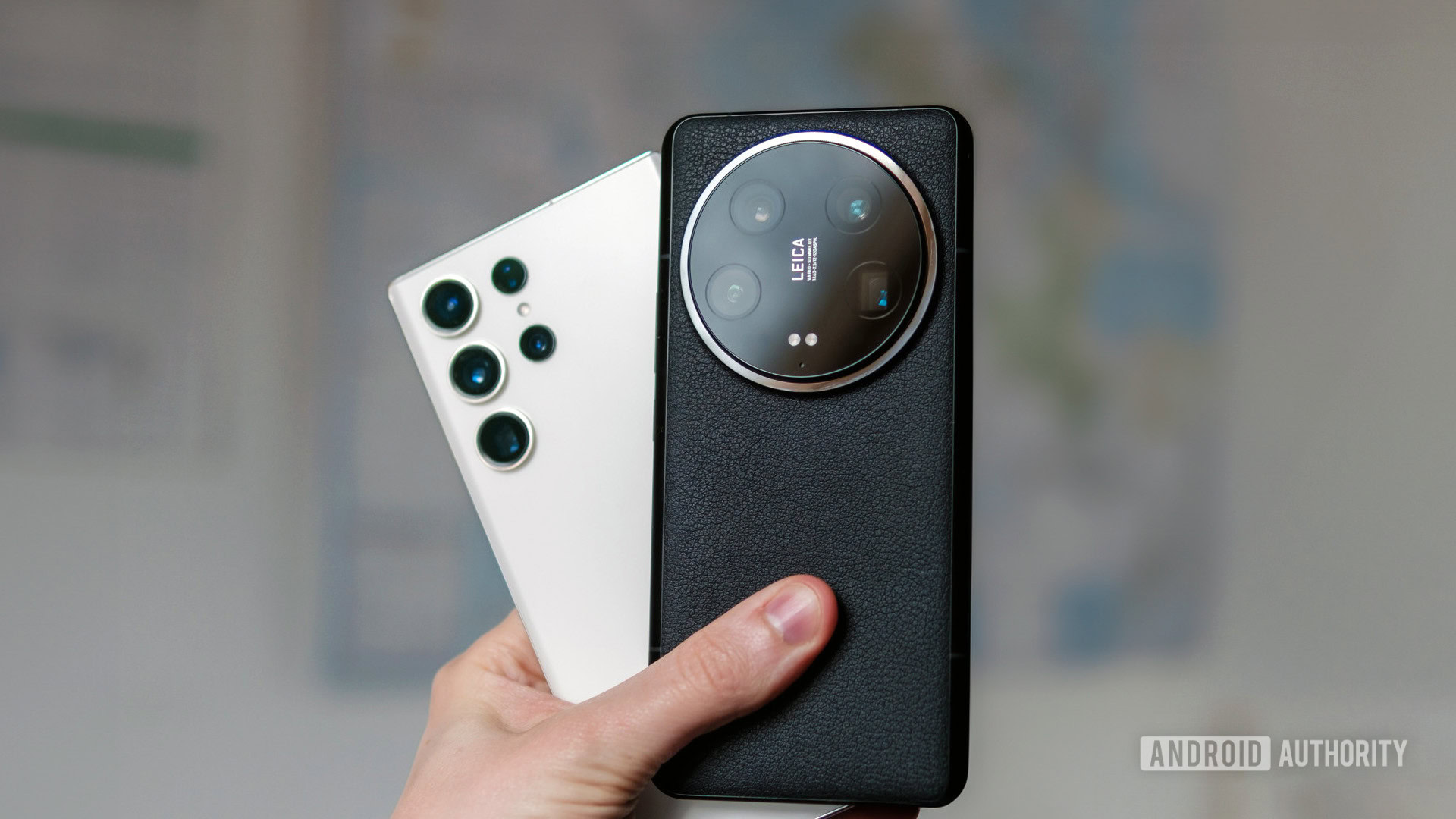
When we talk about Android’s best camera flagships, the Samsung Galaxy S24 Ultra finds its way toward the top of the list. Samsung continues to pack in a well-rounded camera setup that is known for its versatility, and the phone’s popularity around the world gives it a deserved win. But if you aren’t afraid to break away from the crowd and try something different, there are arguably other better camera flagships around. I had the chance to use the Xiaomi 14 Ultra at a photo walk in Singapore, and to me, it’s a better camera smartphone than the Galaxy S24 Ultra.
Samsung Galaxy S24 Ultra vs Xiaomi 14 Ultra: Camera specs and comparison
| Samsung Galaxy S24 Ultra | Xiaomi 14 Ultra | |
|---|---|---|
Primary camera | Samsung Galaxy S24 Ultra 200MP Samsung ISOCELL HP2SX , f/1.7, 1/1.3-inch sensor, 0.6µm pixel, OIS, AF | Xiaomi 14 Ultra 50MP Sony LYT-900, f/1.63-f/4 stepless variable aperture, 1-inch sensor, 1.6µm pixel, OIS, AF |
Ultrawide camera | Samsung Galaxy S24 Ultra 12MP Sony IMX564, f/2.2, 120° FoV, 1.4µm pixel, AF | Xiaomi 14 Ultra 50MP Sony IMX858, f/1.8, 122° FoV, 0.7µm pixel, AF, 5cm macro photos |
Zoom camera 1 | Samsung Galaxy S24 Ultra 10MP Sony IMX754, f/2.4, 1.12µm pixel, 3x optical zoom, OIS, AF | Xiaomi 14 Ultra 50MP Sony IMX858, f/1.8, 0.7µm pixel, 3.2x optical zoom, OIS, AF, 10cm macro photos |
Zoom camera 2 | Samsung Galaxy S24 Ultra 50MP Sony IMX854, f/3.4, 0.7µm pixel, 5x optical zoom, OIS, AF | Xiaomi 14 Ultra 50MP Sony IMX858, f/2.5, 0.7µm pixel, 5x optical zoom through periscope, OIS, AF, 30cm macro photos |
Front camera | Samsung Galaxy S24 Ultra 12MP, f/2.2 | Xiaomi 14 Ultra 32MP, f/2.0 |
Both the Galaxy S24 Ultra and the Xiaomi 14 Ultra have impressive camera setups. However, the spec sheet is tilted heavily in Xiaomi’s favor.
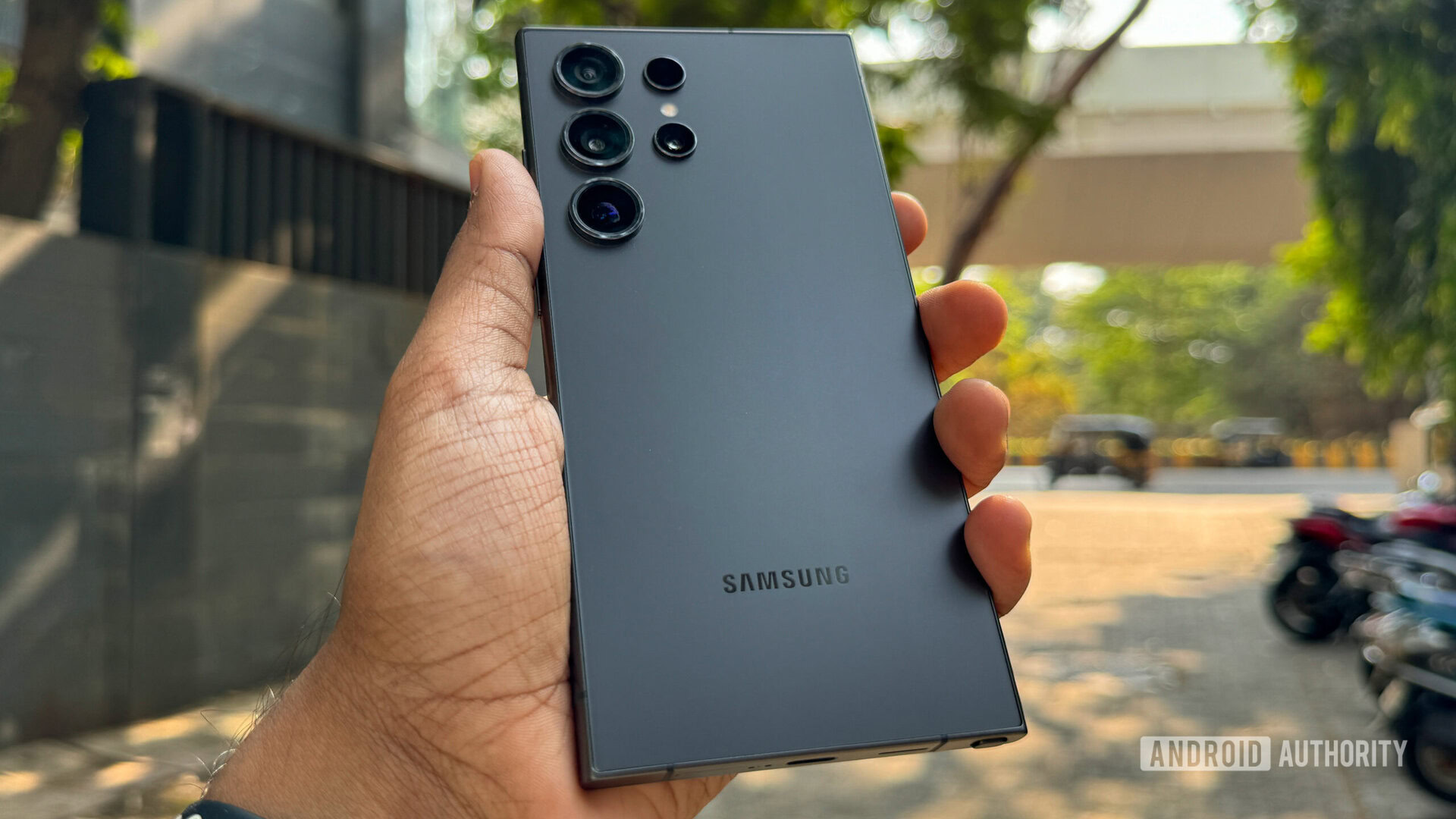
Samsung has prioritized a high megapixel count for the primary camera and a good sensor for the second telephoto but is slacking off a bit for the first telephoto and ultrawide lenses.
On the other hand, the Xiaomi 14 Ultra goes for 50MP sensors across the board, with the primary camera being a 1-inch-type Sony LYT-900 sensor and the other three being Sony IMX858 sensors with wide apertures throughout. Even for the front camera, the Xiaomi 14 Ultra is ahead by a good margin.
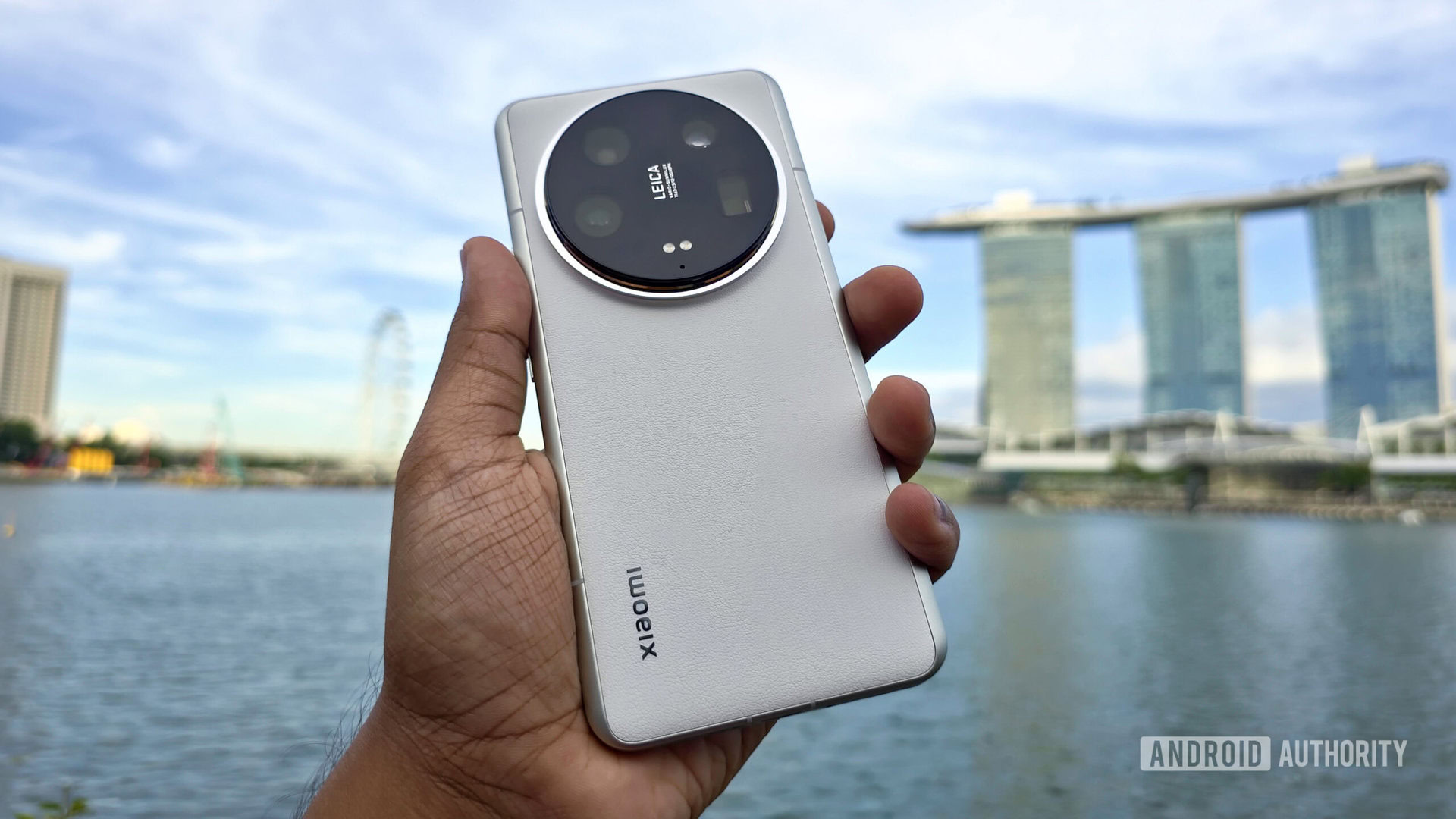
But how do these specifications translate in real life? I’ve used both Samsung and Xiaomi’s Ultra flagships for the past few generations, and in my experience, the latter have always been a step ahead. Samsung prides itself on versatility, but the performance of the individual cameras did not hold up when compared to Xiaomi in the past. So when Xiaomi is also able to match up in versatility, Samsung’s lead dries up.
With the Galaxy S24 Ultra vs the Xiaomi 14 Ultra, my experience has been more of the same. In the images below, I’ve used both cameras in a simple point-and-shoot manner, without stopping by to focus on a subject purposefully. On the Galaxy S24 Ultra, I used the default 12.5MP mode, while the Xiaomi 14 Ultra is also set to the default photo mode with the Leica Vibrant color profile. Both phones have HDR set to auto.
To be clear, we are pixel-peeping these images. If you had either phone in your hand and clicked photos and posted straight to social media, you wouldn’t immediately notice any shortcomings. But if you want to be called the best, you have to stand up to scrutiny against your competitors.
With that said, let’s dive into the camera samples!
In the first set of images, we can see the difference in how Samsung and Xiaomi treat lights. The Xiaomi 14 Ultra gets the scene’s brightness right and diffuses the light better. The Galaxy S24 Ultra, on the other hand, renders the scene’s brightness rather weirdly, dimming it beyond reality. Despite the dim light, the wall graffiti appears brighter in the Galaxy S24 Ultra’s image, while the Xiaomi 14 Ultra does not shy away from keeping things darker for a more harmonious look.
In the next sample, the Galaxy S24 Ultra’s image is pleasing and social media-ready, but it is not accurate. The harsh noon sunlight in Singapore had stripped a lot of color from reality, which is better highlighted in the Xiaomi 14 Ultra’s samples. You can also find this harsh sunlight consistent across the first image, from the skin tones to the red caution sign, the yellow marking on the road, and the white building across. Samsung’s image is a bit all over the place, with the red on the sign muted, while the yellow marking on the road is brighter, and the white building has a yellow cast to it.
Samsung frequently relies on HDR on the Galaxy S24 Ultra, while the Xiaomi 14 Ultra isn't afraid to take risks and go without it.
Arguably, Samsung has the better image in the green bicycle and white building samples, though again, the sun did actually blow out the side of the building. Xiaomi’s image is closer to what I was seeing with my own eyes and does not artificially compensate for the harsh sunlight with aggressive HDR.
The yellow-green cast from the Galaxy S24 Ultra is noticeable in this next set of images, both across the walls and floor. The Xiaomi 14 Ultra’s scenes are more accurate while still pleasing the eye. It also managed to eke out some details in contrasted areas, like the shops on the right edges in the first set of photos, where the S24 Ultra struggled a bit.
In the second set of images, Samsung appears to make the image brighter, while Xiaomi does not flinch away from playing with shadows. Because of this, the perceived colors in darker areas are more accurately represented by the Xiaomi 14 Ultra than by the Galaxy S24 Ultra. Samsung gave the doors an almost beige-like color, while they were closer to a caramel brown in real life.
In this flower shot, the Xiaomi 14 Ultra’s larger sensor helps it achieve a softer bokeh effect. The variable aperture is at play here, but I let the phone handle everything for these point-and-shoot clicks. The result is a nice shot that is accurate in colors. The Galaxy S24 Ultra has more of the foliage in focus, as the smaller 200MP sensor does not create any natural bokeh. Also, the yellow road signs are exaggerated once again, ignoring the harsh sunlight that washed the color away in real life.
These are interesting shots for auto mode, as the cameras would take a second to figure out where to focus amidst the glass. Samsung focused on the Leica logo in the first shot, while Xiaomi focused on the camera figurine (while still keeping the logo sharp). In the next snaps, Samsung appeared to be hunting for humans reflected in the glass, while Xiaomi managed to recognize the image’s subject as the white camera without obsessing over any faces.
In the softer evening light, the green tint on my Galaxy S24 Ultra becomes apparent, especially when compared to the results from the Xiaomi 14 Ultra. I observed the same across the ultrawide, primary, and 3x optical zoom cameras, indicating that it is a trait of software processing rather than a hardware issue.
While the Galaxy S24 series touted its Galaxy AI features, Xiaomi also packs several AI features including an AI Ultra Zoom, which claims to dramatically improve images that are zoomed to 30x. However, you do need to stay still for more than a second or two, and the feature works best across landscapes/buildings, per my experience.
But the results with Xiaomi’s AI Ultra Zoom on the Xiaomi 14 Ultra are worth it, trumping what you can get from the Galaxy S24 Ultra at that zoom range. Look at the 30x samples above, and note that both phones optically max out at 5x zoom.
As I mentioned, though, AI Ultra Zoom falters with people, as you can see in the above shots where it fumbles every face. So it is best that you stick to inanimate objects for it.
As light becomes sparse, the Galaxy S24 Ultra presents a darker image, while the Xiaomi 14 Ultra continues to capture more light. The end result is that the photos look dramatically different. Once again, the image from the Xiaomi 14 Ultra is closer to the scene at the time, and the Galaxy S24 Ultra makes it look like it is one hour beyond sunset than it actually is.
In dark conditions, you can see how the Galaxy S24 Ultra handles light bleed on the signages and the reflections in the water. I find the Xiaomi 14 Ultra’s results more pleasing, albeit a bit exaggerated in the reflections, so opinions can differ.
Who takes the better photos here?
Xiaomi 14 Ultra: More camera samples
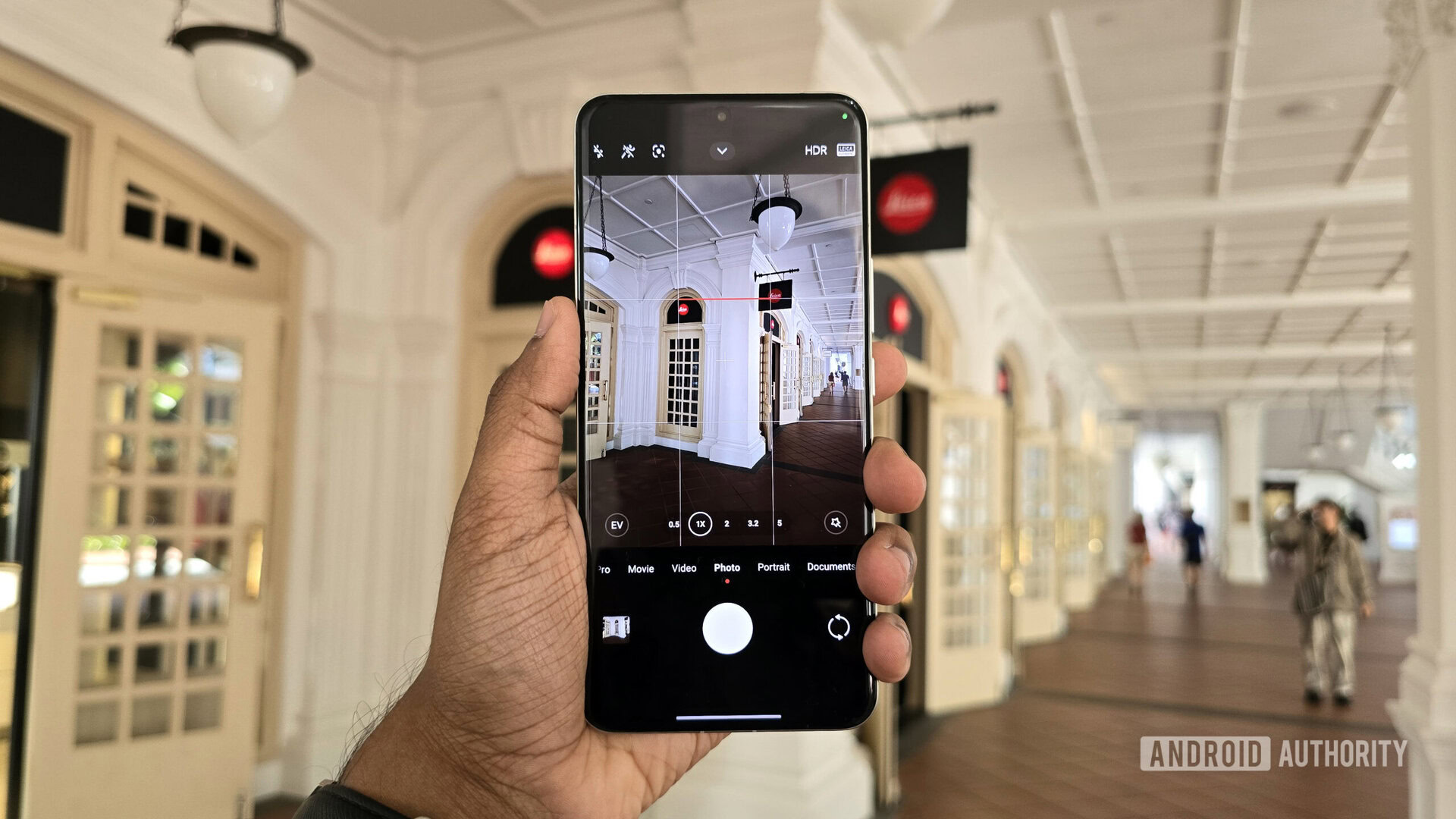
The Xiaomi 14 Ultra was a handy companion on this media photowalk through Singapore, and I found myself clicking a lot more portrait shots than I usually do. Here are more camera samples from the Xiaomi 14 Ultra, including portraits, landscapes, city snaps, and — of course — a cute dog!
Xiaomi’s watermark is also such a mood. It is tastefully done and captures all the information I would need to hunt in a photo. It is also easy to add and remove with the stock gallery app after you have clicked a photo.
Samsung Galaxy S24 Ultra vs Xiaomi 14 Ultra cameras: Verdict
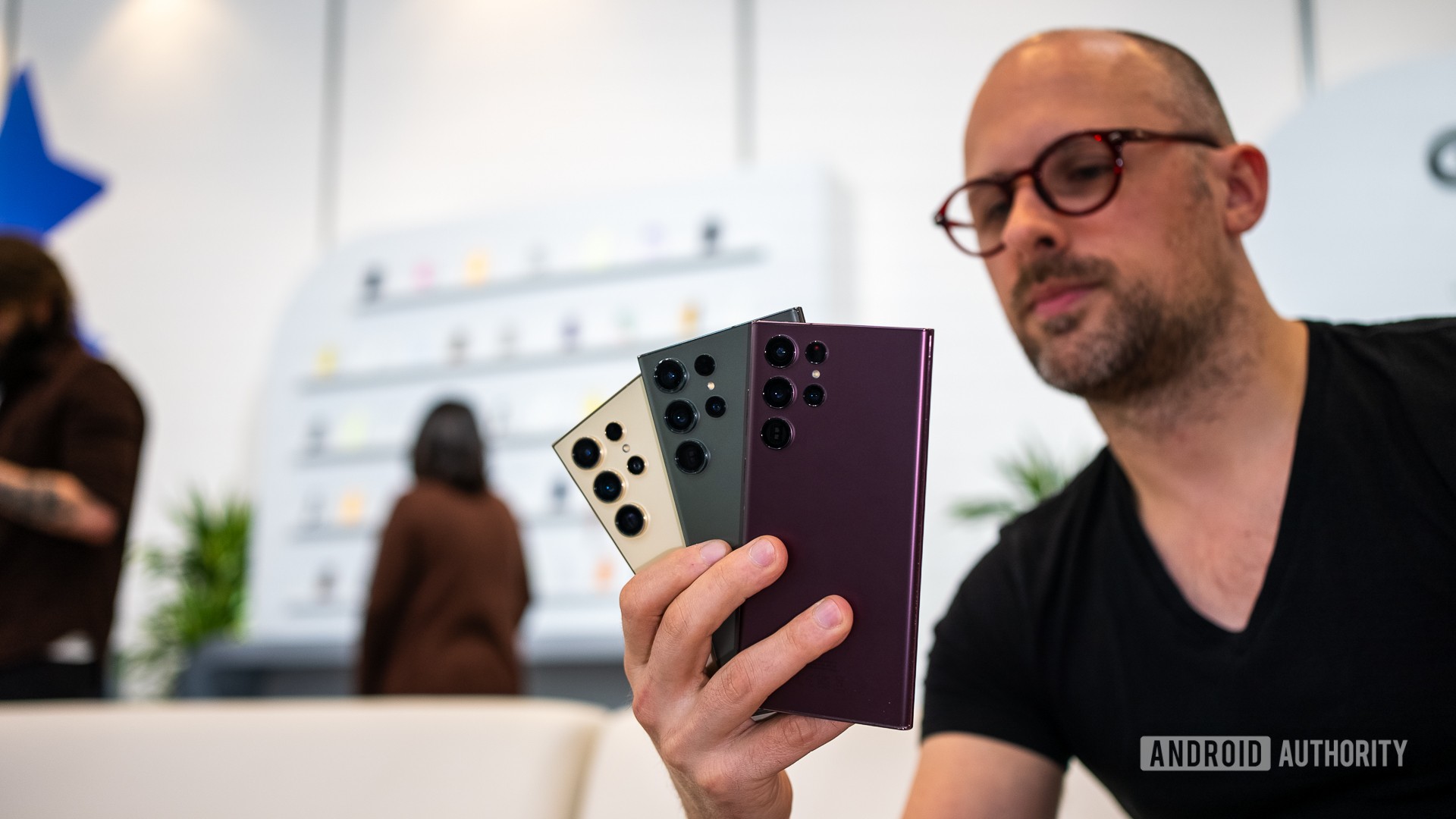
My experience with the Samsung Galaxy S24 Ultra has been great but not excellent, which is a shame for a flagship considered one of the absolute best.
While I appreciate the versatility of Samsung’s setup, the 200MP primary sensor has left me wanting for more. For one, I cannot get accurate colors off my phone, and the images I click almost always have a yellow-green tint that I have to correct with post-processing practically all the time. The phone also needs me to be very still for every shot, especially of people and animals. My colleague Rita got so frustrated by this, she ended up finding a fix for the Galaxy S24 Ultra’s shutter lag.
This is not to say that the photos from the Galaxy S24 Ultra are bad. They just aren’t what I paid $1,300 for. The delta between the experiences from the Galaxy S24 Ultra and other flagships has been the highest this year, and Samsung feels like it’s slacking.
I’ve been waiting for Samsung to roll out updates that fix my issues, but the updates so far (including one that supposedly fixed the white balance) have not given me much reason to cheer. As someone who has personally purchased and used all the Galaxy Ultras since the Galaxy S21 Ultra, I’m confident in saying that Samsung has fallen behind the competition and that 200MP primary camera is no longer the winner that it once was. The only silver lining on the Galaxy S24 Ultra camera is that the 5x zoom camera has more utility for me than the S23 Ultra’s 10x zoom.
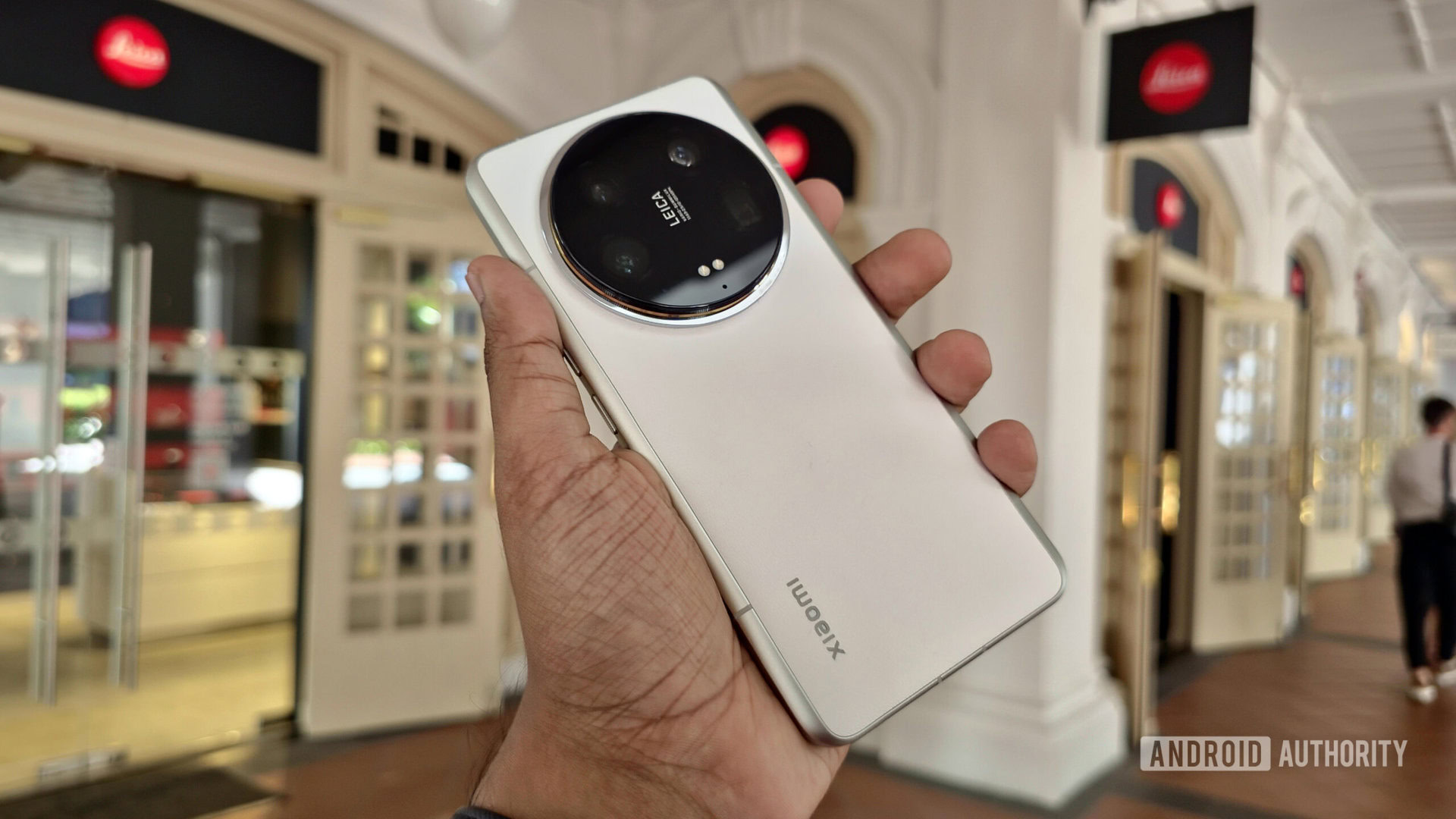
On the other hand, I have also used all of Xiaomi’s Ultra flagships since the Mi 11 Ultra. For every generation, I have preferred Xiaomi’s approach to the camera over Samsung’s, and this camera shootout is a good summary of why I do so.
Xiaomi not only matches Samsung’s versatility but also pairs it with technical expertise in the form of a solid spec sheet and an actually useful collaboration with Leica for camera optics and tuning. Both phones let me get down and dirty with manual settings if I need to, but I find myself needing it less and less on the Xiaomi 14 Ultra as against the Samsung Galaxy S24 Ultra. When I need to point-and-shoot, the Xiaomi 14 Ultra has not let me down, while the Samsung Galaxy S24 Ultra has on several occasions, which is unacceptable for a top-tier flagship.
If I had to take just one photo with one phone, choosing between the Xiaomi 14 Ultra and the Samsung Galaxy S24 Ultra, I would choose Xiaomi’s phone. I hope Samsung takes note of this feedback for its next generation of flagships. On the same note, good job Xiaomi, and keep it up!

Incredible portrait photos
Top-tier performance

Excellent update commitment
Brilliant flat display